O-Lab Program Director Joe Broadus delivers opening remarks.
Building evidence on new pathways for economic opportunity
The inaugural Applied Microeconomics Conference on Economic Opportunity, hosted by O-Lab in May, provided a forum for UC Berkeley faculty and graduate students to present, discuss, and explore new work studying poverty and economic opportunity in the U.S. O-Lab’s interdisciplinary network of 100 plus researchers spans seven academic departments — including Economics, Business, Law, and Public Health, among others — and the event offered a valuable opportunity for cross-departmental collaboration on a large campus that can sometimes feel siloed.
Three broad themes emerged from the day.
Examining sugar intake, pre- and post- rationing, between 1950 and 1960
Drawing from the UK’s National Food Survey which covers more than 10,000 households, Gertler and the research team examined a sharp increase in sugar intake after rationing is lifted.
Credit: Paul Gertler
Understanding long-run effects is essential to a holistic, evidence-informed view of social policy.
The full extent of a policy’s effects are often borne out years, or even decades, after implementation. Over the last several years, new data and analytical tools have made it possible to demonstrate the many ways in which policy decisions — about economic support, environmental protection, and public health innovations, for example — can yield effects across generations. O-Lab researchers have produced some of the leading work in this field, and many of the conference presentations focused on these long-run and intergenerational effects.
Paul Gertler, for example, presented work leveraging World War II food rationing in the UK to measure the long-term consequences of excessive sugar consumption early in life. Using data from the UK’s National Diet and Nutrition Survey, Gertler finds that, compared to adults born during sugar rationing, adults born after 1954 were more likely to exceed dietary restrictions around sugar intake, more than fifty years later.
By comparison, adults born during rationing were more likely to substitute “intrinsic sugars,” like those found in fruits, for “free” or added sugars. Adults born after the end of rationing were also more likely to experience health issues including diabetes, high cholesterol, and arthritis, as well as worse economic outcomes. Gertler’s findings suggest that policies to reduce sugar intake early on — including taxes on sugar, marketing regulations around infant food, and early childhood nutritional interventions — may be valuable tools for promoting economic mobility as well as long-term health.
O-Lab affiliates and fellows continue to build the evidence base on regional economic development.
While poverty is becoming more evenly spread across the United States, wealth is becoming increasingly concentrated in geographic areas — suggesting that regionally targeted policy tools might play an important role in tackling broader trends in inequality. O-Lab’s Place-Based Policy Initiative has supported evidence generation on this theme since 2018, and many presentations focused on the spatial elements of economic opportunity.
Jesse Rothstein, for example, shared work on the “spatial mismatch hypothesis,” which predicts that differences in geographic proximity to jobs account for some of the earnings gap between Black and white workers. The existing literature on the hypothesis is mixed, and Rothstein and co-authors contributed important new evidence by considering job quality alongside distance in their analysis, and by measuring outcomes across large commuting zones with common structures. Their findings suggest that, in most commuting zones, Black workers are located closer to jobs, with little indication that spatial mismatch explains disparate employment outcomes.
Calculating county-level likelihood of receiving an interstate, based on counterfactual highway layouts
Based on 500 plausible triangulations, or highway layouts (left), Anand calculated propensity scores, which measure the likelihood of each county receiving a highway. Georgia’s actual highway layout is indicated in blue.
Credit: Charoo Anand
Faculty and graduate student projects showcased the promising future of O-Lab’s new transportation and infrastructure portfolio.
Earlier this year, O-Lab announced a new suite of research on transportation and infrastructure development in the U.S. The initiative has provided seed funding to two faculty members and five PhD students studying the role of transportation and infrastructure development in promoting equitable access to economic opportunity.
PhD student Charoo Anand, one of the initiative’s new student fellows, presented work examining how highway projects in Georgia have contributed to segregation over decades. Her work represents an important contribution to the growing body of evidence on how urban design practices in the 1950s contributed to long-term racial disparities in economic well-being for Black and white communities. In her analysis, she constructed 500 counterfactual layouts for Georgia’s highway system and calculated the probability of each county receiving an interstate across all potential highway layouts. Anand found that, compared to counties that were similarly likely to receive an interstate but did not, the counties where interstates were actually built remained more segregated for decades.
The 2024 Applied Microeconomics conference was an invaluable opportunity for members of the O-Lab network – both junior and senior – to come together and present their work. Sharing research on the long-term policy outcomes, scholars showcased O-Lab’s multifaceted approach to generating new evidence on social mobility. Future events will continue building a community motivated by the potential of microeconomics to inform better policy.
Join O-Lab’s mailing list to receive notifications about our work, including invitations to future events.



